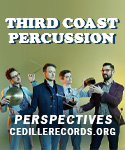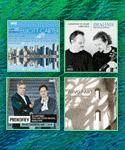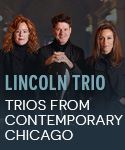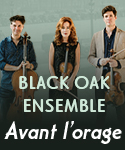David H. Koch Theater, Lincoln Center, NY; June, 2023—It’s hard to believe that this 25-year-old work has managed to elude me. It has been played in 23 countries to more than 15 million people. Created by Luc Plamandon and Richard Cocciante, both Francophones, one from Quebec the other from Saigon, the work is often referred to as an opera because it is through-composed, without spoken dialog. The music stirs the blood, the production is chock-filled with athletic choreography and acrobatics, and almost non-stop emotive singing. Director Gilles Maheu and choreographer Martino Müller are of one mind: keep things vivid and moving.
The plot is from Victor Hugo: Notre-Dame’s malformed Bellringer, Quasimodo, loves the lusty, independent Gypsy Esmeralda. Outside of the Cathedral gather a large group of Bohemians, homeless and jobless; Frollo, the Archdeacon, wants them expelled and orders Phoebus, the captain of the King’s cavalry, to do so. Both men also covet Esmeralda, Frollo with guilt since he is already engaged and a churchman. The background set is the gargoyled facade of the cathedral; the mob climbs it and hangs from it when they’re not tumbling, break-dancing, and dancing in front of it. Spectacle is the name of the game here. There is a handsome narrator named Gringoire, who introduces the Cathedral and era–late 15th century–to the audience.
Quasimodo actually loves and wishes to protect Esmeralda; the other two lust after her hypocritically. Esmeralda is warned by her friend Clopin, a leader of the “rabble”, not to trust men. At one point she reposes in the form of a cross while the men sing and wander provocatively around her. And so we have a disgust for the have-nots by the haves, the hypocrisy of the church, the poor treatment of women, and abuse of the infirm. Not to mention that Esmeralda, accused of bewitching the “pious” archdeacon, is tortured and hanged. Quasimodo begs for her lifeless body. He cradles it and weeps.
There are certainly heavy things to deal with here, but they are all treated as spectacle–no sooner is one emotion examined superficially than another rousing song begins, often changing the point of view. But I’m pretty certain that depth of situation and characterization were not primary in the minds of the authors. Knock out spectacle and excellent tunes, and a feast for the eye and ear are what this is all about. And in that way it succeeds: it is the very essence of popular entertainment–after all, the composer has written music for the likes of Celine Dion.
There are 52–yes, 52–songs. Some brief, some strophic, some that know how to stir the senses musically (start in one key, bridge, raise by a half-tone, bridge, another half tone, until the audience trembles); if only they were presented in a manner other than “Stand and Deliver”, facing the audience.
The audience the night I attended was about half veterans, back for a second or third go-round, and half newbies. “Le temps des cathédrales”, about how man’s history is written on the cathedrals, is a knockout: it opens the show, sung by Gringoire, our narrator, a handsome devil named Gian Marco Schiaretti with a baritone-tenor that brightens as it climbs, and it was met with cheers. Its refrain returns later in the work. A stunning trio for the three men who love Esmeralda, “Belle”, for Phoebus (Jeremy Alemin), Frollo (Daniel Lavoie), and Quasimodo (Angelo Del Vecchio), is memorable, and was apparently a huge hit in France and is quietly moving. Elhaida Dani, a dusky-voiced Esmeralda, stops the show with the most beautiful “Ave Maria”. And Quasimodo’s final poem to the dead Esmeralda is ravishing, particularly in the gravelly delivery of Angelo del Vecchio. It’s a decidedly French music-hall sound, and it’s heartbreaking.
On a sour note, the David H. Koch theater over-amped both voices and orchestra. The melodrama, wrenching tunes, and spectacular acrobatics would have been enough to knock out the crowd.
Despite what Notre-Dame de Paris is not–a true opera, a revolutionary piece of theater–it is easy to understand why it has been recorded seven times and entertained 15 million people. Pleasing a crowd and touching their feelings is no small feat.































